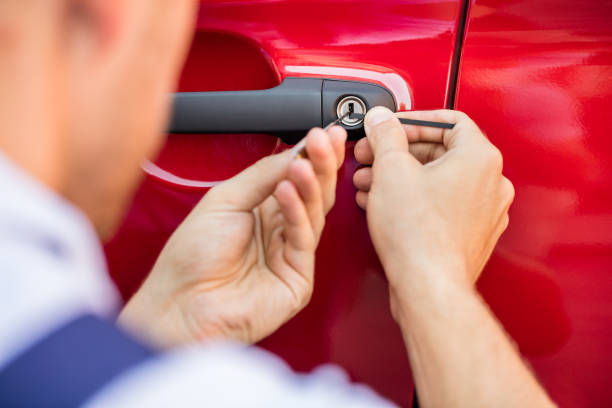All You Need To Know About Installing Sleepers
- Kiera Peterson
- Jun 10, 2021
- 3 min read
So, what exactly are sleepers in the garden? Plants are contained in raised borders called sleepers, which are commonly built of wood or concrete. Railway sleepers constructed of wood are the most widely used sleepers. Because they hold raised flower beds, vegetable patches, and even herbs, they're usually simple to spot.
This article will go through the many purposes, varieties, and how to lay sleepers for garden edging easily.
Types Of Garden Sleepers
Sleepers aren't just dividers or temporary barriers. Garden or railway sleepers are used because they are a lovely addition to any garden design. Sleepers have various applications, but what are they in gardening, and where can you observe them?
Garden sleepers are commonly used for the following purposes:
Flower or Plant Beds on Risers
You may make raised beds for your herbs, vegetable patches, and flower beds out of wooden sleepers. It produces a unique and natural-looking border, not just on a flat level but also on a slope, using the sleepers as edging. If your grass slopes, you can create terraced beds.
Bin for Compost
You can use wooden sleepers to retain your future fertilizer instead of creating an unsightly compost heap in your yard. It usually has three sides that are all the same height, with one side shorter for easier access.
Pieces of furniture
Garden seats, outdoor benches, and even outdoor tables are made from railway sleepers. They give your lawn a very rustic appearance.
The Different Types Of Sleepers
While there are many different varieties of sleepers, these are the two most commonly used sleepers:
Railway Sleepers - Wooden railway sleepers offer a natural touch to any yard. When treated before installation, they survive an extended period. If properly cared for, it can endure up to 20 years on average.
Concrete Sleepers - These are composed of concrete and are significantly less expensive than hardwood. It is suitable for retaining walls and has a long lifespan.
How to Use Sleepers as Edging in Your Garden
Garden sleeper installation may be a lot of fun. Edging your raised beds or patches is an excellent place to start. First and foremost:
Have you discovered the ideal location? Edgings are typically placed along the margins or walls and can also be placed in the middle.
Make a foundation for your sleepers. Your railway sleepers may require a sturdy and level foundation. It might assist in keeping your sleepers from dampness and endure for a long time. As a foundation, you can use concrete, sand, or gravel.
Arrange the sleepers on the ground. The sleeper can be placed on top of your foundation.
Make careful to use sleeper screws to secure the sleepers together. At the 90-degree corners, attach the panels together with two screws. Allow at least 2 inches of the screw to cross to the adjacent sleeper.
After you've screwed all of the panels together, you can cover the raised bed with a plastic membrane. Between the sleeper and the dirt, it will act as a barrier. Thick plastic bags from your local hardware shop can be used.
With a saw, remove any extra sleeper.
Finally, plant your favorite plants, herbs, or veggie seeds in it and watch them flourish!
Final Thoughts
Your sleepers can last a long time if they're manufactured, maintained, and put correctly. Building and installing your own garden sleepers is a rewarding experience that will help you advance in the field of landscape design. When someone asks, "What are sleepers in gardening?" you may now answer confidently. You probably already know the answer and have the beds, edgings, patio, or walls to prove it.








Comments